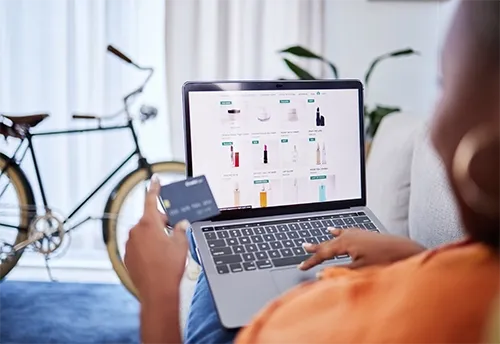Video-based e-commerce, where businesses use videos to sell products online, has become an increasingly popular and effective method for engaging consumers and driving sales. This approach leverages the power of visual storytelling and real-time interaction to create a more dynamic and compelling shopping experience. This article examines the current state of video-based e-commerce and its impact on the retail landscape.
Rise of Video Content The rise of video content as a preferred medium for consumers has significantly influenced e-commerce strategies. Platforms like YouTube, Instagram, Facebook, and TikTok have become essential tools for businesses to showcase their products. Video content allows brands to demonstrate product features, provide tutorials, and share user-generated content, making it easier for consumers to understand and connect with the products.
Live-Streaming Boom Live-streaming has emerged as a dominant trend within video-based e-commerce. In regions like China, live-stream shopping has become a cultural phenomenon, with platforms like Taobao Live and Douyin (the Chinese version of TikTok) leading the charge. Influencers and brand representatives host live-stream sessions where they showcase products, interact with viewers, and offer exclusive deals. This format has proven highly effective in driving sales, as it combines the immediacy of live interaction with the convenience of online shopping.
Influencer and User-Generated Content Influencer marketing continues to play a crucial role in video-based e-commerce. Influencers, with their large followings and trusted voices, create authentic content that resonates with their audience. Brands collaborate with influencers to create engaging product reviews, unboxings, and tutorials. Additionally, user-generated content, where satisfied customers share their own experiences with products, adds another layer of credibility and relatability.
Technological Advancements Advancements in technology have made video-based e-commerce more accessible and effective. High-quality cameras, editing software, and easy-to-use live-streaming tools allow even small businesses to produce professional-grade videos. Augmented reality (AR) and virtual reality (VR) technologies are also beginning to enhance the video shopping experience, enabling consumers to visualize products in their own environment or interact with them in virtual spaces.
Consumer Behavior and Engagement Video-based e-commerce caters to the evolving preferences of consumers who increasingly seek interactive and engaging shopping experiences. Videos provide a more comprehensive view of products, helping consumers make informed decisions. The ability to see products in action, hear reviews, and get real-time responses to questions creates a sense of connection and trust that traditional static images and text descriptions cannot match.
Challenges and Considerations Despite its advantages, video-based e-commerce also presents challenges. Producing high-quality video content requires investment in equipment and expertise. Additionally, maintaining viewer engagement during live-streams can be challenging, and businesses must continuously innovate to keep their content fresh and appealing.
Video-based e-commerce is reshaping the retail landscape by offering a richer, more interactive shopping experience. With the continued growth of social media platforms and advancements in technology, the influence of video content in e-commerce is set to expand even further. As consumers increasingly gravitate towards video content, businesses that effectively harness this medium will be well-positioned to thrive in the digital marketplace.





